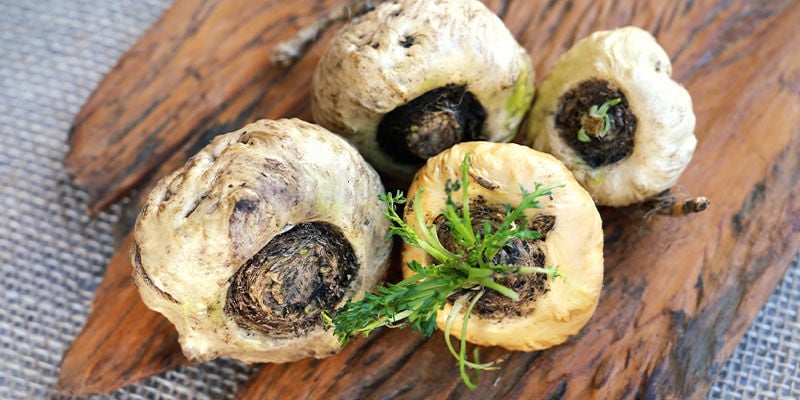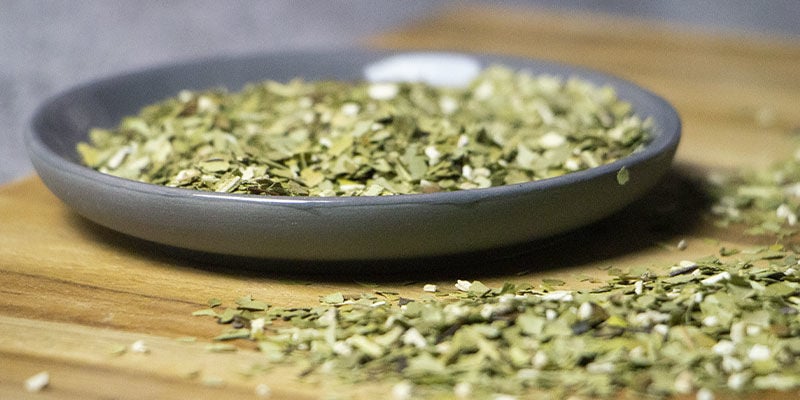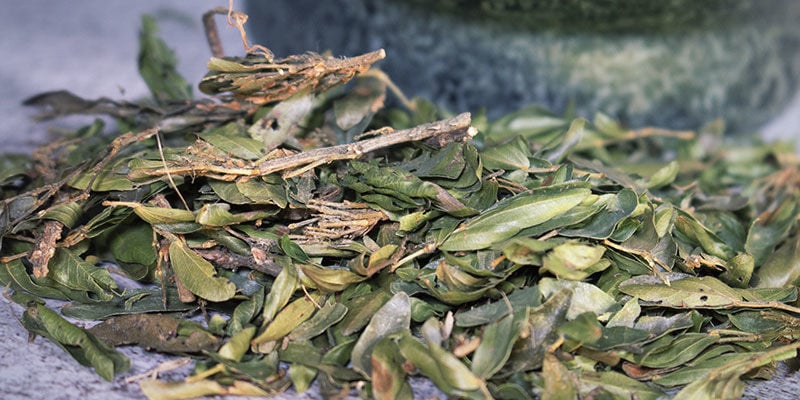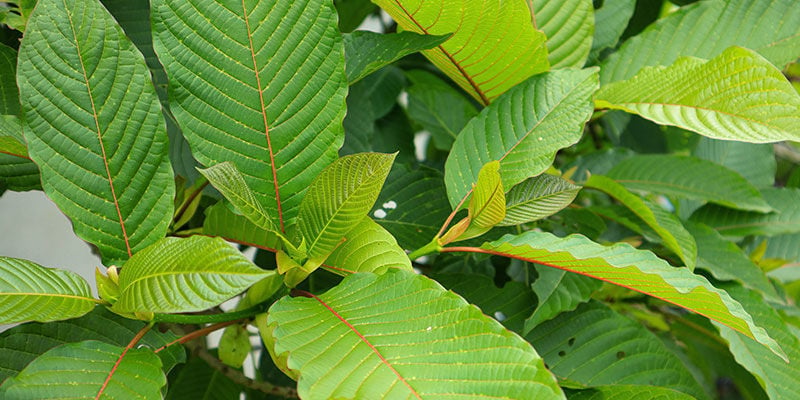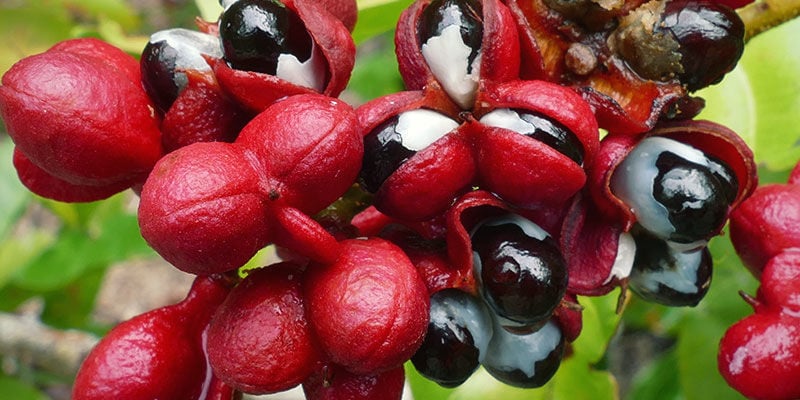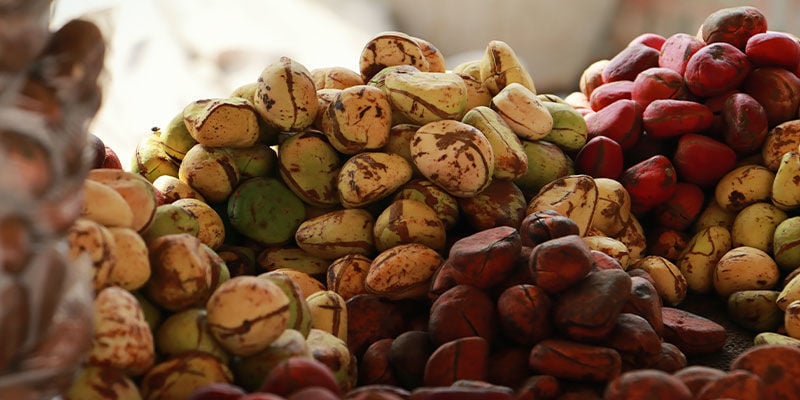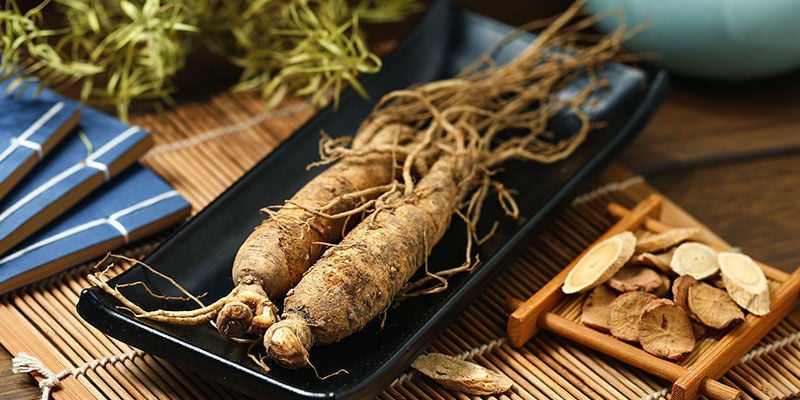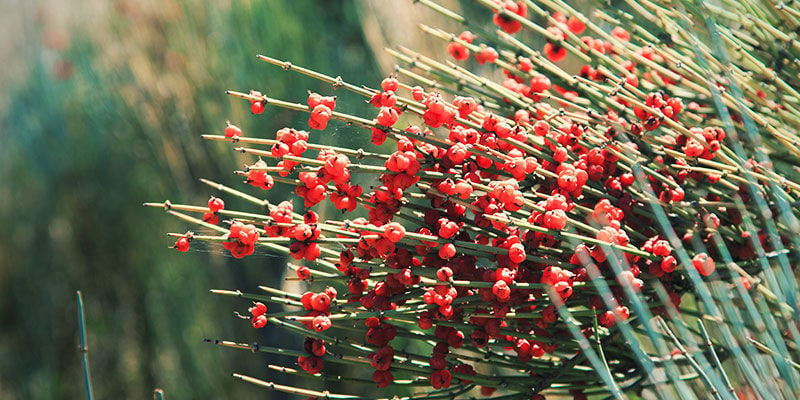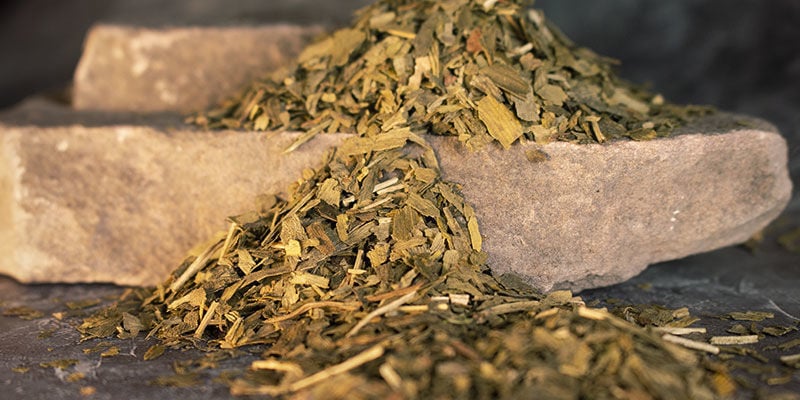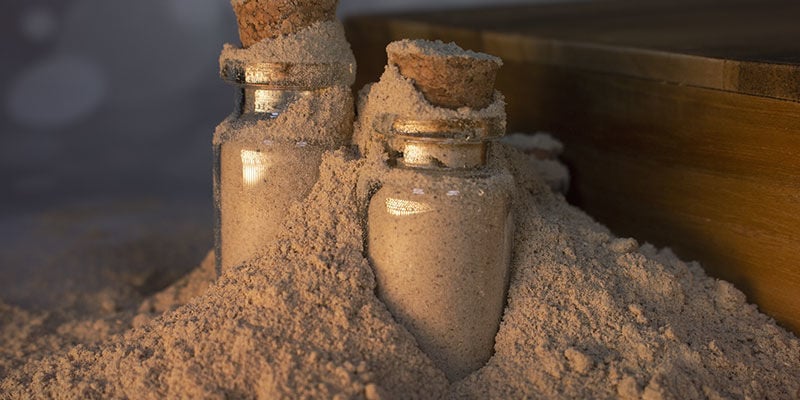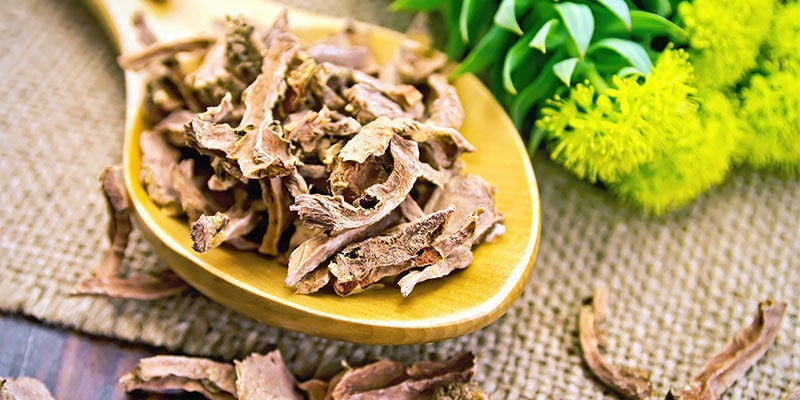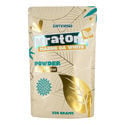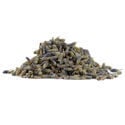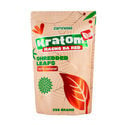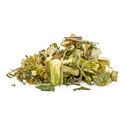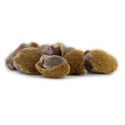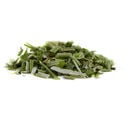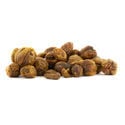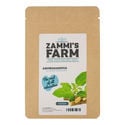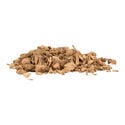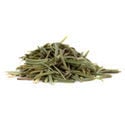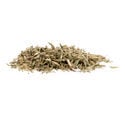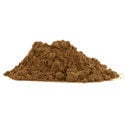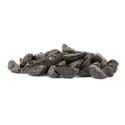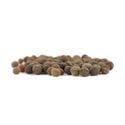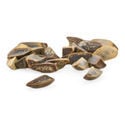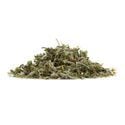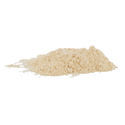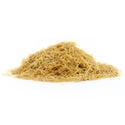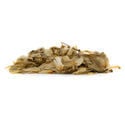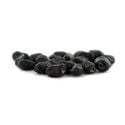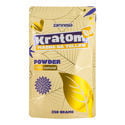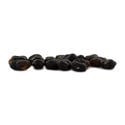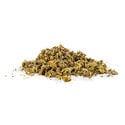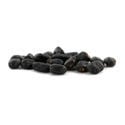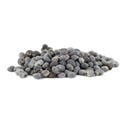-
Seedshop
-
Feminized
Cannabis seeds -
Autoflowering
Cannabis Seeds -
Regular
Cannabis Seeds -
F1 Hybrid
Cannabis Seeds -
CBD
Cannabis Seeds -
Zamnesia
Cannabis Seeds
-
Top 10’s
- Top 10 Feminized Seeds
- Top 10 Autoflowering Seeds
- Top 10 Regular Seeds
- Top 10 USA Cannabis Strains
- Top 10 Zamnesia Seeds
-
Favourites
- Beginner Strains
- Below 1% THC
- Classic Cannabis Strains
- Cup Winners
- F1 Hybrids
- Fast-Flowering Strains
- High CBD Strains
- High THC Strains
- Mix Packs
- Zamnesia Exclusive Collabs
-
-
Headshop
-
Vaporshop
- Spare Parts & Accessories
- AirVape X
- AirVape XS GO (2021)
- Arizer Air MAX
- Arizer Extreme Q
- Arizer Solo 2
- Arizer V-Tower
- Arizer XQ2
- Boundless CFC 2.0 Vaporizer
- Boundless CFX
- Boundless TERA (V3)
- CRAFTY+
- DaVinci IQ2
- DaVinci IQC
- DaVinci MIQRO
- Dr. Dabber Boost EVO
- Dr. Dabber Stella
- DynaVap Omni 2021
- DynaVap VapCap "M" PLUS 2023
- DynaVap VapCap 'M' 2021
- DynaVap VonG (i) Titanium
- Dynavap The "B" Series
- Eagle Bill
- Firefly 2+
- Flowermate Aura
-
Healthshop
-
Smartshop
-
Shroomshop
-
Growshop
-
Seedshop
All CategoriesSeedshop
-
Vaporshop
All CategoriesVaporshop
- Top 10 Vaporizers
- Spare Parts & Accessories
- AirVape X
- AirVape XS GO (2021)
- Arizer Air MAX
- Arizer Extreme Q
- Arizer Solo 2
- Arizer V-Tower
- Arizer XQ2
- Boundless CFC 2.0 Vaporizer
- Boundless CFX
- Boundless TERA (V3)
- CRAFTY+
- DaVinci IQ2
- DaVinci IQC
- DaVinci MIQRO
- Dr. Dabber Boost EVO
- Dr. Dabber Stella
- DynaVap Omni 2021
- DynaVap VapCap "M" PLUS 2023
- DynaVap VapCap 'M' 2021
- DynaVap VonG (i) Titanium
- Dynavap The "B" Series
- Eagle Bill
- Firefly 2+
- Flowermate Aura
- Flowermate Cap Pro
- Flowermate Slick
- Flowermate V5.0S Pro
- G Pen Connect
- G Pen Elite II
- G Pen Micro+
- G Pen Pro
- G Pen Roam
- Hydrology9 Vaporizer
- Hyer Big-E Rig
- MIGHTY
- MIGHTY+
- PAX Mini
- PAX Plus
- PLENTY
- Pax 3 Vaporizer
- Puffco Peak PRO Smart Rig
- Puffco Peak Smart Rig
- Puffco Plus
- Storm Vaporizer
- The Proxy (Puffco)
- VOLCANO CLASSIC
- VOLCANO HYBRID
- Vape-Lifter
-
Smartshop
All CategoriesSmartshop
- Top 10 Smartshop
- Zamnesia Gift Cards
- After Party
- Aphrodisiacs
- Aromatherapy
- Blue Lotus
- CBD Vape Juice
- Capsule Machines
- Crystals, Gemstones & Minerals
- Dream Herbs
- Drug Tests
- Extracts
- Happy Caps
- Herbal Tea
- Herbs & Seeds
- Incense
- Kanna
- Kratom
- LSA Seeds
- Mescaline Cacti
- Microdosing
- Nootropics
- Relaxing
- Salvia divinorum
- Smart Seeds
- Stimulants
- Supplements
- Tinctures
- Vape Herbs
-
TRIBE
All CategoriesTRIBE
- My Membership
- Spend Gift Points
- Exclusive products
- Earn Extra Gift Points
-
TRIBE
- Early Access
- Refer a Friend
- Information
-
TRIBE
-
Language
 United States
United States
Friday, 18 April and Thursday, 24 April 2025*
Top 15 Natural Herbs For Energy & Vitality
Natural herbs are an excellent way to stay energised. With the demands of today's fast-paced society, it's easy to rely on coffee and energy drinks to get through the day. Unfortunately, these drinks only provide a quick burst of borrowed energy, inevitably leading to a crash that can make you feel exhausted and depleted.
Many natural herbs can revitalise and increase the body's energy reserves. The right herbs can support a balanced sense of well-being without you having to rely on the potent (but short-lived) energy boost from caffeine.
There are three main groups of herbs used to boost energy—tonics, adaptogens, and stimulants. While they all work to energise the body and mind, how they do it differs.
- Tonics: For a plant or herb to be considered a "tonic", it needs to encourage a sense of balance and general well-being in the body. One of the best-known tonics in this category is ginseng root, a versatile herb we'll take a closer look at shortly.
- Adaptogens: They earned their name because they displayed an ability to adapt to the conditions of the human body. They were thought to increase or decrease physiological functions to encourage a balanced state.Tonics and adaptogens have the same response, but differ in terminology and perspective.
- Stimulants: Rather than supporting the body to create balance, stimulants trigger a specific response—regardless of the condition of the body. Careful and punctual use of stimulants can deliver a controlled boost in energy—just be aware that it's not the only effect some can have. Well-known stimulants include cocaine, caffeine, ephedra, and amphetamines.
15 OF THE BEST NATURAL HERBS FOR ENERGY AND VITALITY
The following herbs are our top 15 natural supplements to invigorate, energise, and revitalise the body.
1. MACA
Maca is a natural tonic and energiser found growing in the high reaches of the Andes. The local Peruvian people use it as an aphrodisiac and superfood, forming a staple of their diet. As a result, maca is a vital plant to the people of Peru, both economically and culturally.
The use of maca dates back to the Inca Empire, where it was reserved for the upper echelons of society and used as a reward given to renowned warriors to boost their fighting capabilities. Fast forward to today, and maca remains a popular supplement among Western societies. The root of the maca plant is what we're primarily interested in. Its well-rounded effects go hand in hand with the abundance of vitamins, minerals, and other beneficial acids contained within.
The taste of maca root may not be desirable to everyone, but in powder form, it's easily added to smoothies or oatmeal for the perfect sweet treat.
2. YERBA MATÉ
Yerba maté is nature's answer to energy drinks. It's compared to tea and coffee because it's brewed for a stimulating uplift, with a taste similar to green tea. Its impacts, however, are quite extraordinary.
The Ilex paraguariensis tree of South America bears leaves and stems that can be brewed to make yerba maté. This discovery by Guaraní tribes took off, and now it is available from our online store. Yerba mate can boost your mood with its caffeine, vitamins, and antioxidant properties.
Do keep in mind that larger quantities could see you paying extra visits to the toilet. A few heaped teaspoons, left to steep for 3–4 minutes, is all it takes.
3. BOBINSANA
Otherwise known as Calliandra angustifolia, bobinsana is a plant native to the Amazon Basin of South America. Long utilised by the indigenous peoples of these regions, bobinsana is a stimulant that can provide some natural energy when you need it most.
As a shrub that grows to anywhere between 4 and 6 metres, Amazonian shamans believe that bobinsana allows users to harness spiritual energy in times of great sadness and grief, in turn enhancing one's connection with nature.
There are a wide variety of ways to enjoy the potential effects of bobinsana, the most popular being brewing a batch of the leaves and drinking it as tea. This method is often seen as the most effective way to use this herb to one's advantage.
4. KRATOM THAI
Mitragyna speciosa, or kratom as it's commonly known, is indigenous to parts of Thailand, Malaysia, and Papua New Guinea. The source of kratom's effects come from its leaves, which contain several active ingredients that can cause a euphoric-like effect.
Unfortunately, kratom has an inconsistent reputation across the world. In parts of Malaysia, kratom use is rife because local communities still use it in tea concoctions. After all, the plant grows naturally there and has for centuries. Other places are more strict on kratom use.
A moderate amount of Thai kratom is all it takes to feel the herb’s energising effects. Correct dosing is crucial though, as larger doses can have the opposite effect, making people feel at ease and relaxed rather than alert. Lower doses, on the other hand, generate a stimulating, uplifting buzz, but with a soothing sense of contentment.
5. GUARANA
You probably recognise the name guarana from the dozens of energy drinks available today—it features as one of the primary ingredients. Its seeds have a very high caffeine content, making it a highly desirable commodity in the instant energy market.
Although the high caffeine content of guarana seeds may be of benefit to humans, the original intention was to use the caffeine as a toxin to repel herbivores.
Guarana tastes bitter and acidic on its own, so it's best to dissolve it in water to mitigate some of the taste. Tupi and Guaraní people use guarana seeds to create a special type of bread, which is then grated and added to hot water with sugar. Guarana is also thought to have a similar antioxidant profile to green tea and may improve concentration, mood, and libido when consumed.
6. KOLA NUT
The kola tree of West African rainforests is very important. Locals have long prized its caffeine-laden fruit (or "kola nut"), chewing on it for its invigorating qualities.
This tree is now cultivated outside of Africa, particularly in California, Turkey, Italy, and much of southern Europe. It is little wonder why this plant caught on. Extracts of kola, along with the coca leaf, were in the original recipe for Coca-Cola. The iconic brand retains that name to this day, but kola and coca no longer feature in the recipe.
Even before that, the kola nut was especially important to the Igbo people of today’s Nigeria. Presenting kola nuts to guests was widely considered a sign of goodwill. There even emerged a saying, "He who brings the kola nut brings life". Thankfully, you can continue the tradition of bringing life by powdering the seeds and adding it to water for a potent tonic.
7. GINSENG
Ginseng has been used for centuries in both Asia and the US. Arguably the most popular herbal supplement in the world, much of its popularity stems from ancient China. Ginseng panax, the native species, has been in use as an overall tonic for thousands of years.
Its popularity comes at a price, though. Wild ginseng has been overharvested. As a result, some pay hundreds of thousands of dollars to harvest wild ginseng. While that may seem an incredible price to pay, many believe there is a significant difference between wild ginseng and cultivated varieties.
The herb is considered a good supplement for complementing or boosting a healthy lifestyle thanks to its stimulating effects. It is possible to buy cheaper, American grown varieties, but again, many believe they are inferior to Asian ginseng. Regardless of where ginseng comes from (or how much you pay for it), the herb comes extensively reviewed, with dozens of research papers supporting its energising influence.
8. EPHEDRA
Ephedra, also known as ma huang and Mormon tea, is a classic stimulant used in China for over 5,000 years. Chinese alchemists quickly recognised the long-term toxicity of ephedra, which is why only small quantities are recommended.
The controversial herb contains a complete blend of alkaloid and non-alkaloid components. Unfortunately, while many of them may provide stimulating effects, they are also prohibited across much of the modern world. One of the most common alkaloids, ephedrine, is banned by the US Food and Drug Administration (FDA).
The lack of extensive research makes it challenging to comment on exactly how safe ephedra is. Regardless of who's right or wrong, we highly recommend checking the legal status of ephedra in your area.
9. BRAHMI
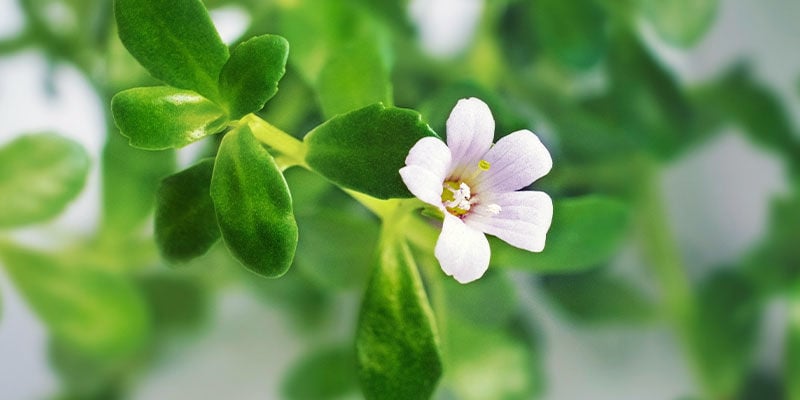
Going by many names, including water hyssop, brahmi is a perennial herb popular for its mentally stimulating effects. Found growing in the wetlands of Southern India, the Caribbean, and Australia, brahmi owes its nootropic effects to a group of phytochemicals called bacosides.
Once prepared, the powder is added to hot water or hot water and ghee to make a soothing herbal drink. Brahmi is best taken a couple hours after eating.
Another interesting feature of brahmi is its love for aquatic conditions. This particular quality has made it popular for use in aquariums. So, you could also use it to decorate your fish tank at home.
10. GINKGO BILOBA
The ginkgo tree is so old, it's considered sacred in some Chinese folk traditions. Traces of the tree dating back a mind-blowing 270 million years have been found. During that time, it’s stayed pretty much the same with no close living relatives. The species is also dioecious—displaying distinct male and female plants—much like Cannabis sativa.
This essential defence mechanism is probably why it's survived for so long undisturbed. With all that time for a species to adapt and develop, its leaves have become very special. Modern science has uncovered a host of antioxidant and free radical--scavenging compounds in the leaves. Once prepared, it gives an energising buzz comparable to tea or coffee.
Ginkgo is highly significant in various East Asian and Southeast Asian cultures; it's the official tree of Tokyo, and its leaf is also the symbol for the city. Interestingly, it is also one of the very few species that survived the Hiroshima atom bomb explosion of 1945.
11. ASHWAGANDHA
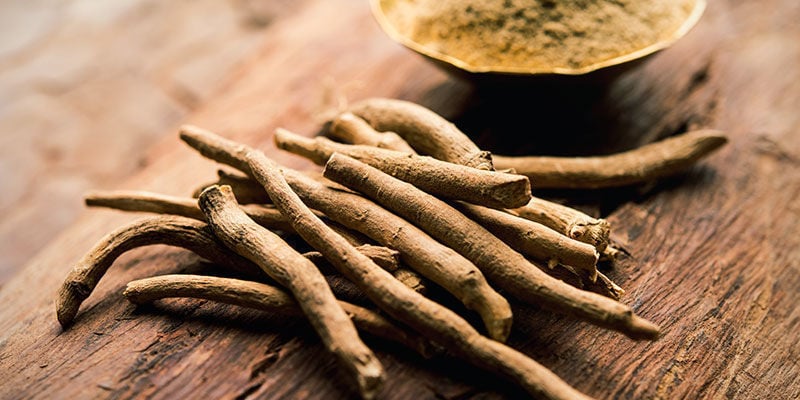
Ashwagandha, sometimes referred to as "Indian ginseng", is a traditional herb commonly used on the Indian subcontinent. The translation of ashwagandha means "smell of the horse" because the fresh roots smell like horse urine.
It grows natively in dry regions such as India, Northern Africa, and the Middle East, but it can also grow in milder climates, such as parts of the US. The small shrub has yellow flowers, but it isn't these we are interested in. Instead, the roots are powdered and consumed for their energising properties.
The source of ashwagandha's potential stems from phytochemicals called withanolides. These versatile compounds are chemically similar to steroids, although their exact purpose from a botanical perspective is still unknown. It is these traits that make ashwagandha a well-rounded supplement to maintain natural vigour.
12. CALAMUS
Humans have known the impact of calamus, or sweet flag, for thousands of years. It has experienced widespread use throughout India and China, and it was burned as incense in Tibet to aid the concentration of those meditating.
By the Middle Ages, calamus had reached Europe, as travellers found the effects useful for improving energy and stamina. Moreover, calamus was used in perfumery, to make candy, and even in powdered wigs!
The leaves are chewed in a fashion similar to khat in Africa or coca leaves in South America. You can also brew them into a tea that is more potent on an empty stomach.
13. RHODIOLA ROSEA
Rhodiola rosea, also known as "golden root", has long been cherished by Scandinavian countries for its energising qualities. The Vikings used it because they believed it increased stamina, and it was also sought after by Chinese emperors who wanted to use it in their elixirs.
It is a hardy plant that can thrive in cold and hostile locations, with some believing they can harness these characteristics by consuming it. That is, as long as you don't mind your tonics bitter. The leaves and shoots are typically eaten raw, but the flavour can be overpowering.
In Russia, it's used for an array of purposes. In China, it is an everyday supplement used to aid professional athletes in training and improving stamina. Its ability to boost the mood makes it a perfect option for anyone looking to bolster their natural energy reserves.
14. SUMA
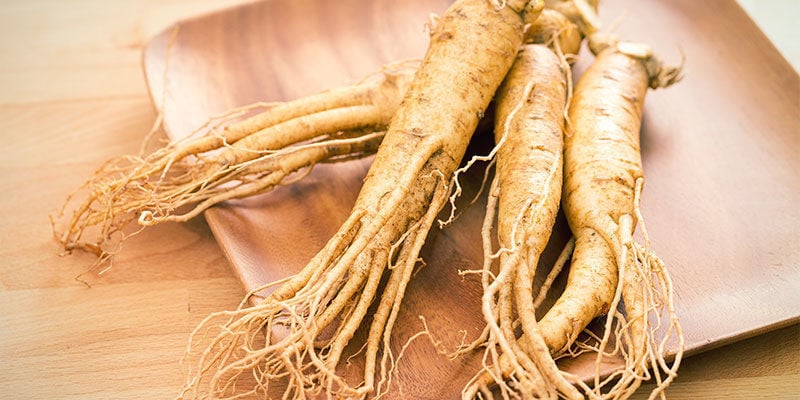
Suma is a tonic whose roots have been used by South American natives for generations to maintain the endurance and stamina required for hunting (and activities of a sexual nature). Interestingly, in Portuguese, suma root is called "para tudo", meaning, "for everything". This name likely stems from the plant's well-rounded properties.
It wasn't long before it was introduced to the US market as Brazilian ginseng, although it is not actually related to ginseng in any way. It was merely a simple way to market the herb, as both suma and ginseng have similar effects.
The broad and well-rounded qualities of suma quickly caught the eye of consumers, with many people attesting to its energising traits. They believe it revitalises them, improving their well-being as a whole.
15. BETEL NUT
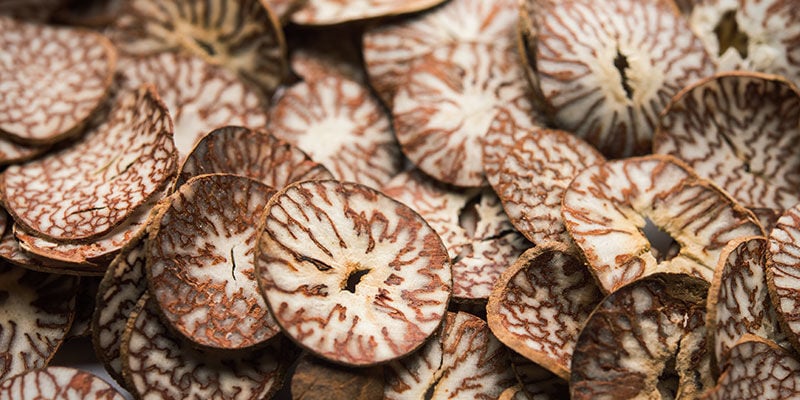
The betel plant is a big deal in India, with Hinduism placing special significance on this plant. Initiation ceremonies into the tradition of transcendental meditation include an offering of betel leaf in memory of Sri Guru Dev Saraswati Brahmananda. First-century Sanskrit texts refer to the betel nut as having 13 heavenly qualities.
Its influence has since spread beyond India across much of Asia. For at least 4,000 years, betel nuts have been chewed, although for different purposes. The cultural significance of the betel nut varies from one region to the next.
While there are religious associations with it in India, in Vietnam it is an important symbol of marriage. In Malaysia, house guests are often offered a betel leaf and nut as a courtesy. Whatever significance it has for you, you could gain a lot from joining in and chewing on some betel nuts.

- Jae Joon Wee, Kyeong Mee Park, & An-Sik Chung. (2011). Biological Activities of Ginseng and Its Application to Human Health - https://www.ncbi.nlm.nih.gov
- Sana Ishaque, Larissa Shamseer, Cecilia Bukutu, & Sunita Vohra. (2012). Rhodiola rosea for physical and mental fatigue: a systematic review - https://www.ncbi.nlm.nih.gov
- France
- Germany
- International
- Italy
- Netherlands
- Spain
- United Kingdom
- United States
Herbs & Seeds
-
€ 17,49 € 13,99
-
€ 4,99 € 2,50
-
€ 17,49 € 13,99
-
+5 Extra Gift Points
-
+5 Extra Gift Points
-
€ 8,95 € 7,61
-
€ 5,95 € 4,76+3 Extra Gift Points
-
€ 4,95 € 3,96+3 Extra Gift Points
-
€ 8,90 € 7,57+5 Extra Gift Points
-
€ 4,99 € 4,24
-
€ 8,95 € 7,61+5 Extra Gift Points
-
€ 9,00 € 7,65
-
€ 4,95 € 3,96+3 Extra Gift Points
-
€ 4,95 € 3,96+3 Extra Gift Points
-
€ 6,00 € 4,80+4 Extra Gift Points
-
€ 9,95 € 8,46
-
€ 12,50 € 10,63+7 Extra Gift Points
-
€ 13,95 € 11,86
-
€ 4,99
-
€ 5,95 € 4,76+4 Extra Gift Points
-
€ 17,49 € 13,99
-
€ 5,95 € 4,76+4 Extra Gift Points
-
€ 6,95 € 5,91
-
€ 5,95 € 4,76+4 Extra Gift Points
-
€ 4,95 € 3,96+3 Extra Gift Points
You might also like
-
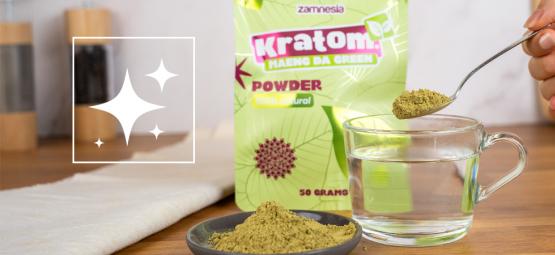
 4 min
31 December 2024
The Diverse Effects Of Kratom
Kratom can energise and lift you up, but it can also bring about relaxation and help you sleep. Interested to find out more about this strange plant? Then keep reading to become acquainted with the to ...
4 min
31 December 2024
The Diverse Effects Of Kratom
Kratom can energise and lift you up, but it can also bring about relaxation and help you sleep. Interested to find out more about this strange plant? Then keep reading to become acquainted with the to ...
-

 4 min
19 September 2023
5 Herbs To Help With Lucid Dreaming
If you are looking for a herbal aid to your lucid dreaming endeavours, we have the list for you. Below you will find a selection of traditional herbs all anecdotally thought to help dreamers reach a l ...
4 min
19 September 2023
5 Herbs To Help With Lucid Dreaming
If you are looking for a herbal aid to your lucid dreaming endeavours, we have the list for you. Below you will find a selection of traditional herbs all anecdotally thought to help dreamers reach a l ...
-
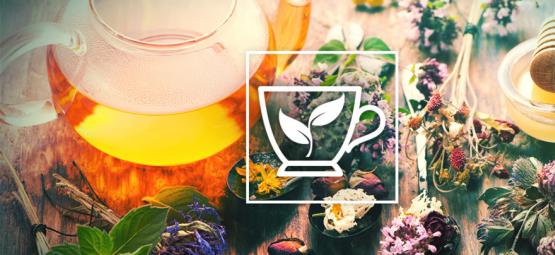
 5 min
30 April 2020
10 Best Herbs To Brew A Tea With
At least since the ancient Egyptians, herbs have been brewed into tea. Teas can be used as stimulants and sedatives or even as aphrodisiacs. Use vaping herbs to make teas that can be beneficial in sev ...
5 min
30 April 2020
10 Best Herbs To Brew A Tea With
At least since the ancient Egyptians, herbs have been brewed into tea. Teas can be used as stimulants and sedatives or even as aphrodisiacs. Use vaping herbs to make teas that can be beneficial in sev ...
Categories
-
Seedshop
- Feminized Cannabis Seeds
- Autoflowering Cannabis Seeds
- Regular Cannabis Seeds
- F1 Hybrids
- CBD Seeds
- Zamnesia Seeds
- Top 10 Autoflowering Seeds
- Top 10 Regular Seeds
- Top 10 USA Cannabis Strains
- Top 10 Zamnesia Seeds
- Top 10 Feminized Seeds
- Beginner Strains
- Below 1% THC
- Classic Cannabis Strains
- Cup Winners
- F1 Hybrids
- Fast-Flowering Strains
- High CBD Strains
- High THC Strains
- Mix Packs
- Zamnesia Exclusive Collabs
- Amnesia Seeds
- Blueberry Seeds
- Cheese Seeds
- Diesel Seeds
- Gorilla Seeds
- Haze Seeds
- Kush Seeds
- Purple Seeds
- Skunk Seeds
- White Widow Seeds
- Zamnesia Seeds
- ACE Seeds
- Advanced Seeds
- Amsterdam Genetics
- Anesia Seeds
- Auto Seeds
- Barney's Farm
- Big Buddha Seeds
- Bomb Seeds
- BSB Genetics
- BSF Seeds
- Buddha Seeds
- Bulldog Seeds
- Cali Connection
- Cannarado Genetics
- CannaBioGen
- CBD Crew
- CBD Seeds
- Compound Genetics
- The Dank Seeds
- Dark Horse Genetics
- Delicious Seeds
- Devil Harvest Original
- Dinafem
- DNA Genetics
- Doctor's Choice
- Dr. Underground
- Dutch Passion
- Elite Seeds
- Eva Seeds
- Exotic Seed
- Expert Seeds
- FastBuds
- Female Seeds
- Fenocan
- Flash Auto Seeds
- French Touch Seeds
- Garden of Green
- GeneSeeds
- Genehtik Seeds
- G13 Labs
- Grass-O-Matic
- Greenhouse Seeds
- Grow Your Own (DNA)
- Growers Choice
- Homegrown Fantaseeds
- House of the Great Gardener
- Humboldt Seed Company
- Humboldt Seed Organization
- Kalashnikov Seeds
- Kannabia
- The Kush Brothers
- Light Buds
- Little Chief Collabs
- Medical Seeds
- Ministry of Cannabis
- Mr. Nice
- Nirvana Seeds
- Original Sensible
- Paradise Seeds
- Perfect Tree
- Pheno Finder
- Philosopher Seeds
- Positronics Seeds
- Purple City Genetics
- Pyramid Seeds
- Rare Dankness
- Reggae Seeds
- Reserva Privada
- Resin Seeds
- Ripper Seeds
- Royal Queen Seeds
- Sagarmatha Seeds
- Samsara Seeds
- Seedstockers
- Sensation Seeds
- Sensi Seeds
- Serious Seeds
- Silent Seeds
- Soma Seeds
- Spliff Seeds
- Strain Hunters
- Sumo Seeds
- Super Sativa Seed Club
- Super Strains
- Sweet Seeds
- T.H. Seeds
- Top Tao Seeds
- Vision Seeds
- VIP Seeds
- White Label
- World Of Seeds
- Zativo Seeds
- Seed Banks
-
Headshop
-
Vaporshop
-
Healthshop
-
Smartshop
- Top 10 Smartshop
- Zamnesia Gift Cards
- After Party
- Aphrodisiacs
- Aromatherapy
- Blue Lotus
- CBD Vape Juice
- Capsule Machines
- Crystals, Gemstones & Minerals
- Dream Herbs
- Drug Tests
- Extracts
- Happy Caps
- Herbal Tea
- Herbs & Seeds
- Incense
- Kanna
- Kratom
- LSA Seeds
- Mescaline Cacti
- Microdosing
- Nootropics
- Relaxing
- Salvia divinorum
- Smart Seeds
- Stimulants
- Supplements
- Tinctures
- Vape Herbs
-
Shroomshop
-
Growshop
- Top 10 Growshop
- Top 10 Plant Seeds
- All Seeds
- Cacti
- Chili & Pepper Seeds
- Companion Plants
- Edible Plant Seeds
- Exotic Seeds
- Flower Seeds
- Fruit Seeds
- Herb Seeds
- Interior Plant Seeds
- Microgreens
- Psychoactive Plant Seeds
- Sprouting
- Vegetable Seeds
- Wellness Plant Seeds
- After Harvest
- Climate Control
- Fertilizer
- Grow Tents
- Harvest, Dry & Cure
- LED Grow Lights
- Plant Seeds
- Propagation
-
Merchandise
-
Sale section
Account
Information
Our Offers
Our website won't work without these cookies activated. Therefore functional cookies can't be disabled.




















